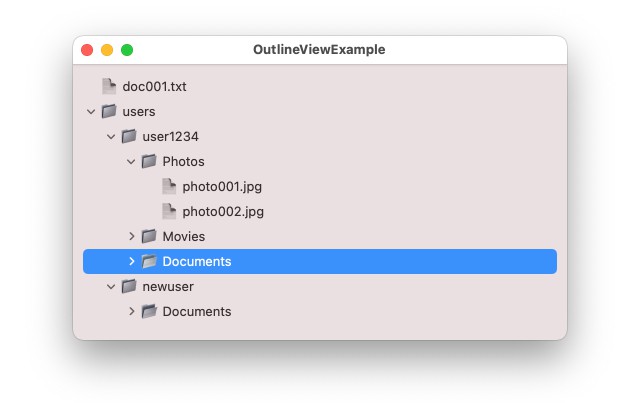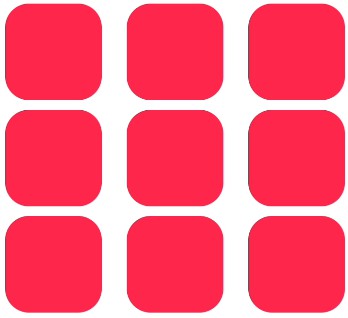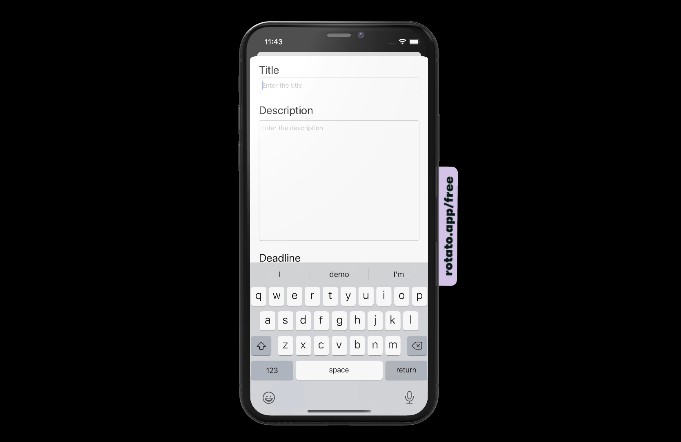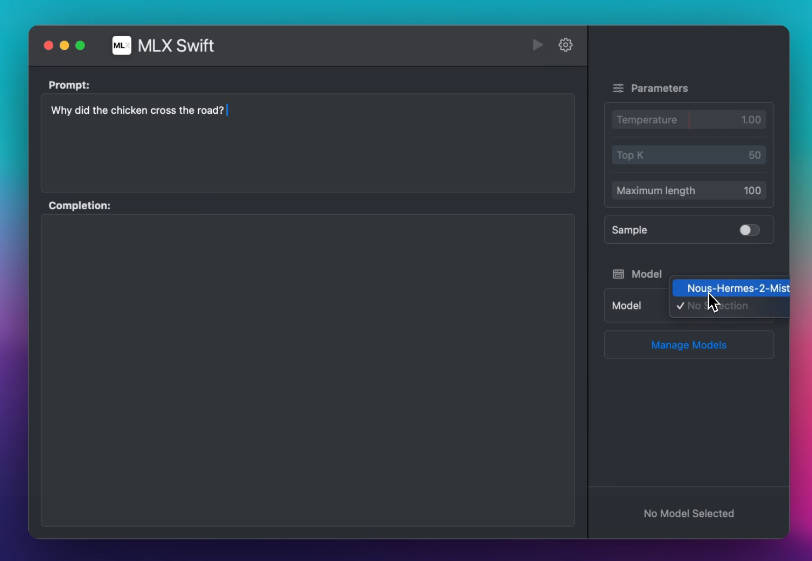OutlineView
OutlineView is a SwiftUI view for macOS, which allows you to display hierarchical visual layouts (like directories and files) that can be expanded and collapsed. It provides a convenient wrapper around AppKit's NSOutlineView, similar to SwiftUI's OutlineGroup embedded in a List or a List with children. OutlineView provides it's own scroll view and doesn't have to be embedded in a List.
Installation
You can install the OutlineView package using SwiftPM.
https://github.com/Sameesunkaria/OutlineView.git
Usage
The API of the OutlineView is similar to the native SwiftUI List with children. However, there is one notable difference; OutlineView requires you to provide an NSView (preferably an NSTableCellView) as the content view. This API decision is discussed in the caveats section.
In the following example, a tree structure of FileItem data offers a simplified view of a file system. Passing a sequence of root elements of this tree and the key path of its children allows you to quickly create a visual representation of the file system.
A macOS app demonstrating this example can be found in the Example directory.
struct FileItem: Hashable, Identifiable, CustomStringConvertible {
// Each item in the hierarchy should be uniquely identified.
var id = UUID()
var name: String
var children: [FileItem]? = nil
var description: String {
switch children {
case nil:
return "? \(name)"
case .some(let children):
return children.isEmpty ? "? \(name)" : "? \(name)"
}
}
}
let data = [
FileItem(
name: "user1234",
children: [
FileItem(
name: "Photos",
children: [
FileItem(name: "photo001.jpg"),
FileItem(name: "photo002.jpg")]),
FileItem(
name: "Movies",
children: [FileItem(name: "movie001.mp4")]),
FileItem(name: "Documents", children: [])]),
FileItem(
name: "newuser",
children: [FileItem(name: "Documents", children: [])])
]
@State var selection: FileItem?
OutlineView(data, children: \.children, selection: $selection) { item in
NSTextField(string: item.description)
}
Customization
Style
You can customize the look of the OutlineView by providing a preferred style (NSOutlineView.Style) in the outlineViewStyle method. The default value is .automatic.
OutlineView(data, children: \.children, selection: $selection) { item in
NSTextField(string: item.description)
}
.outlineViewStyle(.sourceList)
Indentation
You can customize the indentation width for the OutlineView. Each child will be indented by this width, from the parent's leading inset. The default value is 13.0.
OutlineView(data, children: \.children, selection: $selection) { item in
NSTextField(string: item.description)
}
.outlineViewIndentation(20)
Displaying separators
You can customize the OutlineView to display row separators by using the rowSeparator modifier.
OutlineView(data, children: \.children, selection: $selection) { item in
NSTextField(string: item.description)
}
.rowSeparator(.visible)
By default, macOS will attepmt to draw separators with appropriate insets based on the style of the OutlineView and the contents of the cell. To customize the separator insets, you can use the initilaizer which takes separatorInsets as an argument. separatorInsets is a closure that specifies the edge insets of a separator for the row displaying the data element.
OutlineView(
data,
children: \.children,
selection: $selection
separatorInsets: { item in NSEdgeInsets(top: 0, left: 24, bottom: 0, right: 0) }) { item in
NSTextField(string: item.description)
}
Row separator color
You can customize the color of the row separators of the OutlineView. The default color is NSColor.separatorColor.
OutlineView(data, children: \.children, selection: $selection) { item in
NSTextField(string: item.description)
}
.rowSeparator(.visible)
.rowSeparatorColor(.red)
Why use OutlineView instead of the native List with children?
OutlineView is meant to serve as a stopgap solution to a few of the quirks of OutlineGroups in a List or List with children on macOS.
- The current implementation of updates on a list with
OutlineGroups is miscalculated, which leads to incorrect cell updates on the UI and crashes due to accessing invalid indices on the internal model. This bug makes theOutlineGroupunusable on macOS unless you are working with static content. - It is easier to expose more of the built-in features of an
NSOutlineViewas we have full control over the code, which enables bringing over additional features in the future like support for multiple columns. - Currently,
OutlineViewhas the same minimum deployment target asOutlineGroup(macOS 11). However, it is easy to lower the deployment target if the need arises. OutlineViewsupports row animations for updates by default.
Caveats
OutlineView is implemented using the public API for SwiftUI, leading to some limitations that are hard to workaround.
- The content of the cells has to be represented as an
NSView. This is required asNSOutlineViewhas internal methods for automatically changing the selected cell's text color. A SwiftUITextis not accessible from AppKit, and therefore, any SwiftUITextviews will not be able to adopt the system behavior for the highlighted cell's text color. Providing anNSViewwithNSTextFields for displaying text allows us to work around that limitation. - Automatic height
NSOutlineViews still seems to require an initial cell height to be provided. This in itself is not a problem, but the defaultfittingSizeof anNSViewwith the correct constraints around a multilineNSTextFieldis miscalculated. TheNSTextField's width does not seem to be bounded when the fitting size is calculated (even if a correct max-width constraint was provided to theNSView). So, if you have a variable heightNSView, you have to make sure that thefittingSizeis computed appropriately. (Setting theNSTextField.preferredMaxLayoutWidthto the expected width for fitting size calculations should be sufficient.)





